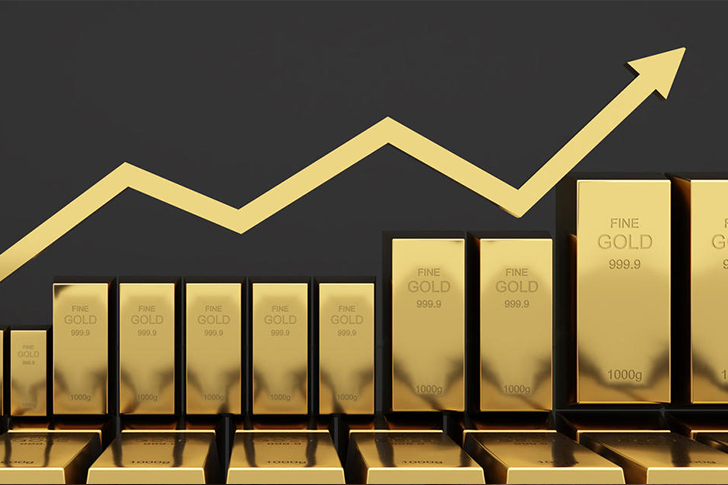Current Pricing Trends Indicate a Drop in Gold Values
The financial markets are always in flux, and one of the most closely monitored trends is the price of gold. Historically, gold has been viewed as a safe haven asset, often experiencing an increase in value during times of economic uncertainty. However, recent data indicates a decline in gold prices, influenced by various factors ranging from global economic policies to shifts in investor behavior. This article aims to provide an insightful analysis of the current trends in gold pricing and what they suggest about the broader economic environment.

Understanding the Recent Drop in Gold Prices
Recent statistics show that gold prices have seen a significant reduction. According to the data from the World Gold Council, the price of gold has declined by approximately 10% over the past six months. This downturn is somewhat unexpected, given the global economic unrest fueled by various geopolitical tensions and health crises. Analysts suggest that the drop in gold prices is largely attributable to a strengthened US dollar and rising interest rates, which have made yield-bearing assets more attractive compared to non-yielding gold.
The Impact of Global Economic Policies
One of the primary drivers behind the decline in gold prices is the global economic policy environment, particularly the monetary policies of major central banks, including the U.S. Federal Reserve (Fed). In an effort to combat inflation, the Fed has begun tightening monetary policy, which typically involves raising interest rates. Higher interest rates increase the yield on bonds and other fixed-income investments, making these options more appealing to investors than gold, which does not offer an interest yield.
Furthermore, these policy changes are often executed in response to broader economic recovery signals, suggesting an overall improvement in economic health. As economies show signs of recovery, investors may feel more comfortable taking on risk by investing in equities rather than relying on gold as a safe haven, thereby influencing gold demand and prices.
Technological and Market Innovations Affecting Gold Investments
Beyond economic policies, technological advancements and innovations in financial markets also play a crucial role in the dynamics of gold pricing. The rise of digital assets, such as cryptocurrencies, has introduced new forms of investment that compete directly with traditional safe havens like gold. With increasing interest and acceptance of cryptocurrencies as both investment vehicles and as mediums of exchange, certain sectors of the investment community, particularly younger investors, seem to favor these digital alternatives over traditional assets like gold.
In addition to digital currencies, the development of gold-backed exchange-traded funds (ETFs) and similar financial instruments make it easier for individual investors to gain exposure to gold without physically purchasing it. While this has initially boosted gold investment, it also means that gold trading has become more susceptible to rapid shifts in investor sentiment, potentially leading to greater volatility and price decreases as seen recently.
Geopolitical Tensions and Economic Stability
While many factors suggest a bearish outlook for gold, it’s critical to consider the role of ongoing global uncertainties. Geopolitical tensions, such as those seen in Eastern Europe, the Middle East, and the Asia-Pacific region, can create shockwaves in global markets, prompting short-term increases in gold prices due to its status as a crisis commodity. However, sustained long-term trends depend significantly on overarching economic stability and recovery, which are currently indicating a move away from gold.
What the Future Holds for Gold
Forecasting future price movements of gold remains a challenge given its sensitivity to a variety of factors—ranging from macroeconomic indicators to shifts in market sentiment and technological innovations. Most analysts agree that as long as interest rates continue to rise and the global economic recovery remains on track, gold prices may continue to face downward pressure. However, unexpected economic downturns, increases in global instability, or significant shifts in the regulation of digital assets could alter the landscape dramatically.
In conclusion, while current trends in the gold market suggest a decrease in value, investors should remain vigilant, as gold’s status as a safe haven often means it can quickly regain its appeal amid global economic uncertainty. Continuing to monitor global economic policies, investor behavior, and technological advancements will be crucial for anyone looking to invest in or divest from gold in the coming months.
For those invested in the gold market or considering gold as part of their investment portfolio, staying informed about global economic trends and maintaining a diversified portfolio will be key strategies for navigating these volatile market conditions.







Recent Comments